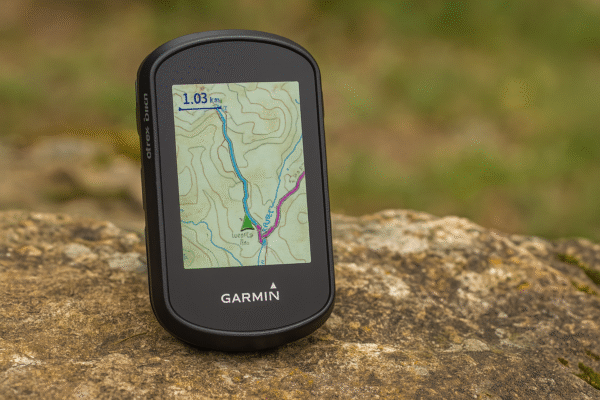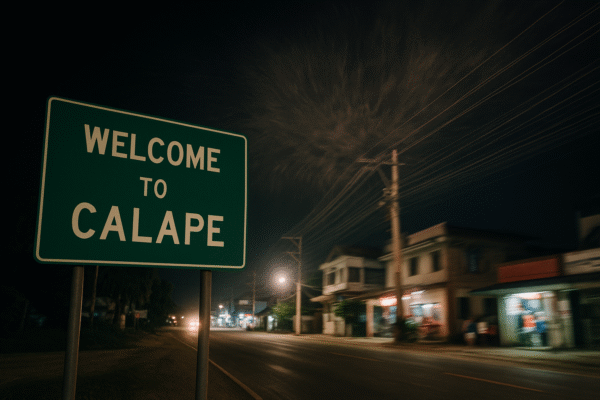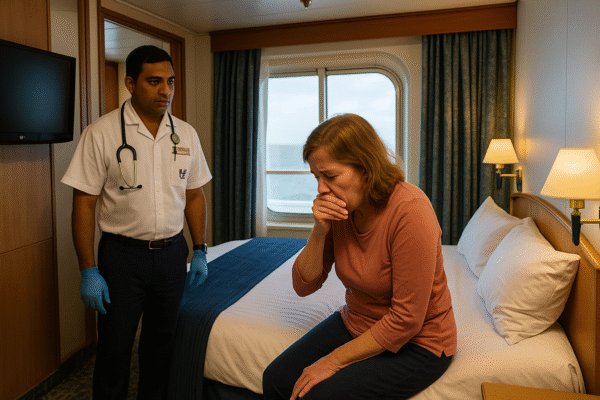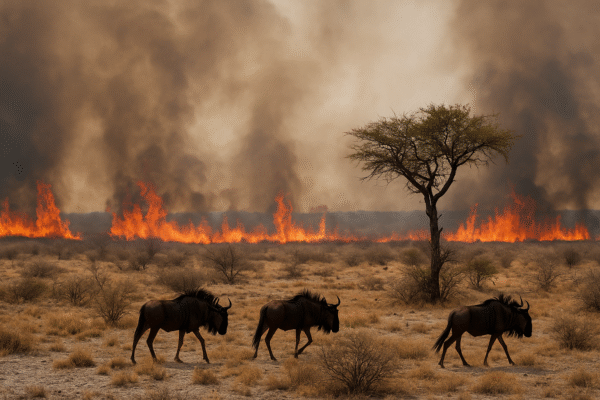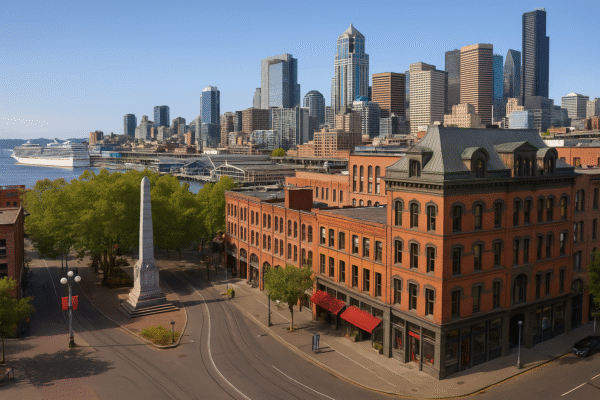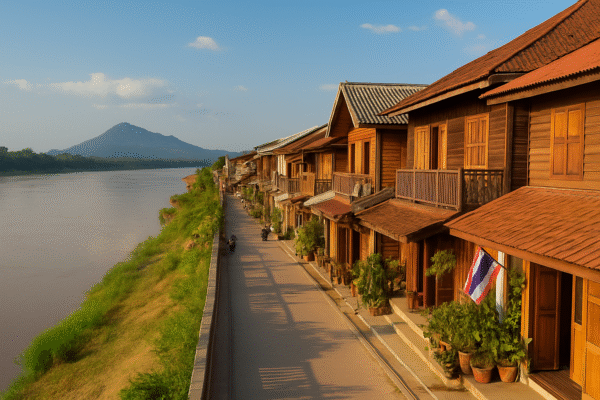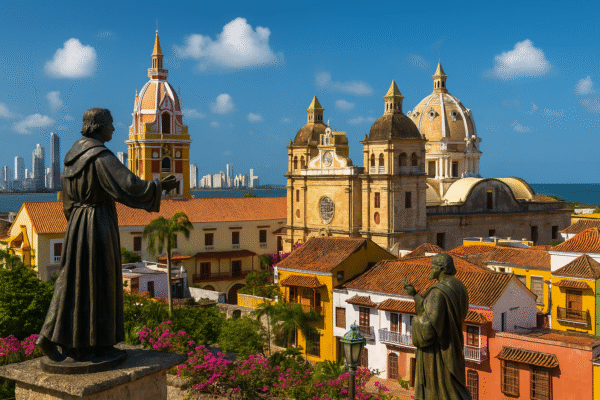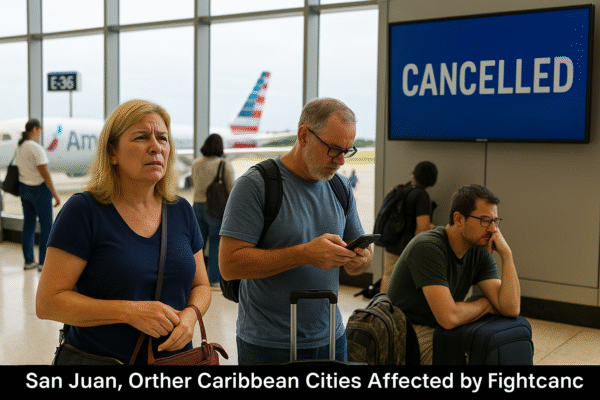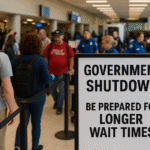On Tuesday evening, a strong 6.9-magnitude earthquake struck near Calape, Bohol in the Philippines, jolting residents and alarming visitors across the region. The seismic event occurred at around 7:19 p.m. local time and had an epicenter just 11 kilometers east-southeast of Calape. Its shallow depth of only 10 kilometers intensified the shaking, making it widely felt across Central Visayas. Despite the strength of the quake, the Pacific Tsunami Warning Center immediately reassured the public that no tsunami threat existed, calming fears of coastal flooding.
Impact on the Region
The earthquake shook homes, businesses, and tourist sites in and around Bohol, a province well-known for its Chocolate Hills, white-sand beaches, and world-class diving spots. Visitors reported strong vibrations that lasted several seconds. While the tremor startled many, authorities confirmed that no large-scale damage or casualties had been reported as of late Tuesday.
Local officials moved quickly to assess buildings, bridges, and infrastructure for cracks or weaknesses. Emergency response teams spread out to check schools, hospitals, and public spaces to ensure the safety of both residents and travelers. The National Disaster Risk Reduction and Management Council (NDRRMC) coordinated with municipal leaders to prepare shelters and medical facilities in case aftershocks caused further issues.
Safety for Travelers
For tourists currently in Bohol and nearby islands, officials emphasized the importance of staying calm and alert. Hotels and resorts activated earthquake protocols, guiding guests to safe open areas. Transportation services, including ferries and domestic flights, temporarily reviewed their operations but resumed shortly after with safety checks in place.
Travelers planning visits to Bohol or nearby destinations were encouraged to monitor updates from local authorities and their embassies. The Philippines remains a popular travel destination, and while the quake created concern, tourism officials stressed that attractions remain open. Visitors were reminded, however, to remain cautious as aftershocks are possible.
Why the Philippines Experiences Earthquakes
The Philippines sits on the Pacific Ring of Fire, a horseshoe-shaped zone famous for its frequent seismic and volcanic activity. The country lies at the boundary of major tectonic plates, including the Philippine Sea Plate and the Eurasian Plate. Because of this position, the nation experiences hundreds of measurable earthquakes each year, though most cause little to no damage.
While Tuesday’s quake measured strong on the Richter scale, its location and geological characteristics made a tsunami highly unlikely. Experts from the Philippine Institute of Volcanology and Seismology (PHIVOLCS) explained that tsunamis usually occur when massive undersea movements displace large volumes of water, a scenario not triggered by this event.
Preparedness and Community Resilience
The Philippines has improved its earthquake readiness over the past decade. Regular earthquake drills in schools and workplaces train citizens and tourists on how to respond during tremors. Building codes have also been updated to ensure that structures can withstand moderate to strong quakes. In Bohol, where tourism plays a crucial role in the economy, many hotels and resorts have adopted international safety standards, helping to reduce risks for visitors.
Local communities also play a vital role in resilience. Residents know evacuation routes, maintain open communication with barangay (village) leaders, and keep emergency kits ready. This preparedness culture reassures travelers that even in times of natural disruption, support systems remain strong.
Lessons for Tourism and Travel Safety
This earthquake serves as another reminder for tourists visiting the Philippines to stay informed about natural hazards. Travelers should:
- Register with their embassies when abroad.
- Follow local news and advisories from PHIVOLCS and the NDRRMC.
- Keep essentials like water, snacks, and personal medicine easily accessible.
- Learn the safety procedures in hotels and resorts upon arrival.
Despite the quake, the Philippines continues to welcome visitors with open arms. Many international travelers experience the country’s natural wonders each year without incident. Still, the government emphasizes the need for awareness, particularly in earthquake-prone regions like Bohol.
Looking Ahead
Seismologists warn that aftershocks may follow in the coming days. These smaller quakes, though less powerful, can still cause unstable buildings to collapse or trigger landslides in vulnerable areas. As a precaution, officials advised residents and visitors to avoid damaged structures and remain in safe, open spaces during strong tremors.
For now, the absence of tsunami risk and large-scale destruction has provided relief. Power and communication lines remain stable across Bohol, and daily life continues with only minor disruptions. Local tourism offices quickly reassured travelers that popular attractions, from Panglao Island to the Chocolate Hills, remain safe to visit.
Conclusion
The 6.9-magnitude earthquake near Calape highlighted both the vulnerability and resilience of the Philippines. While tremors shook communities and startled visitors, quick responses from authorities and clear communication prevented panic. Tourism remains strong, but the quake underscores the importance of preparedness for both locals and travelers.
The Philippines, with its breathtaking landscapes and vibrant culture, continues to be a destination worth exploring. However, awareness of the region’s natural environment helps ensure that every trip remains safe and memorable.
For more travel news like this, keep reading Global Travel Wire


